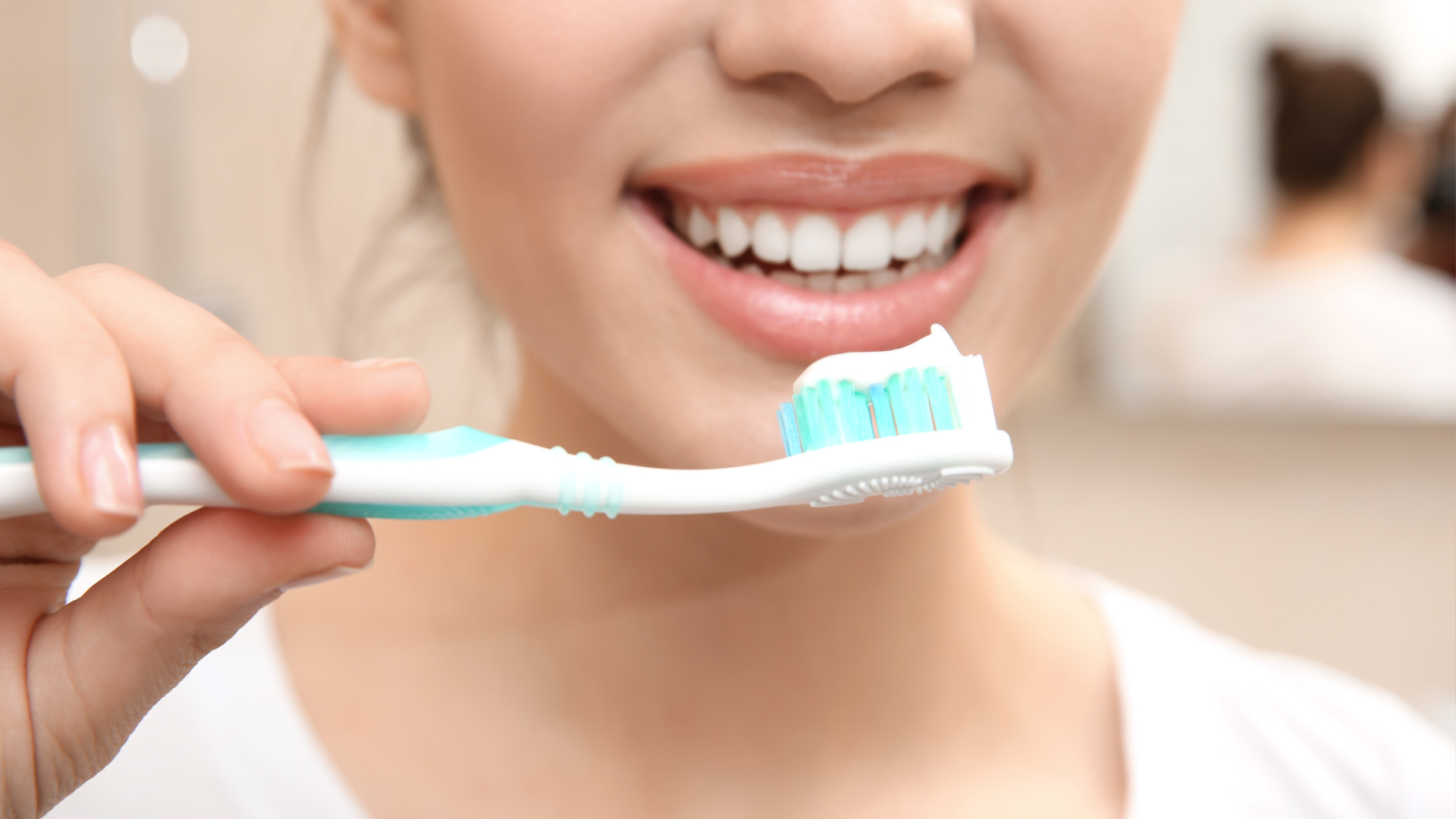Bleeding gums when brushing?
Dealing with the discomfort and worry of seeing your gums bleed every time you brush can be frustrating. You might be feeling like you're already doing all the right things, so why is this happening? Don't panic—this is an incredibly common issue, and the good news is that it’s often entirely reversible! In this introduction, we'll walk you through the practical, easy-to-implement changes you can make to your daily routine, from improving your brushing technique to utilising the right tools, so you can finally put an end to that pink sink.
The clearest warning sign of trouble is bleeding when you brush or floss, which signals your gums are experiencing inflammation. At the heart of this problem is bacterial plaque, a sticky film along the gum line. The moment these bacteria release toxins, your body activates an immune response known as gingivitis. This immediate defense mechanism involves flooding the affected area with extra blood, making the delicate gum tissue swollen, red, and highly fragile. Because the tiny blood vessels (capillaries) are so engorged and compromised, even minimal friction from a soft toothbrush or dental floss can cause them to easily rupture, leading to the bleeding you see. If this inflammation is not treated, it can intensify, eventually developing into periodontitis, a serious condition that erodes the bone structure supporting your teeth.
Your Gums Are Bleeding: Here’s What to Do -
The primary cause of bleeding is bacteria, not aggressive cleaning. Your focus must be on removing the source of irritation.
1. Refine and Focus: Do not skip brushing! Use a soft brush and ensure the bristles are directed toward the gum line with a light, circular motion—that's where the plaque hides. Crucially, commit to daily interdental cleaning (floss or brushes) to physically disrupt the plaque from between your teeth.
2. Tools and Daily Commitment: Reversing the inflammation requires unwavering commitment: brush for two full minutes, twice daily, and clean between all teeth once a day. To maximise efficiency, an electric toothbrush is highly recommended. If you struggle with string floss, use the mechanical advantage of interdental brushes or a water flosser to ensure daily plaque removal.
3. The Urgent Need for Professional Care: If your gums are bleeding, it is strongly advised to see a dentist or hygienist right away. Bleeding often indicates the presence of stubborn tartar (calculus)—plaque that has become rock hard—which cannot be removed at home. A professional scale and polish is fundamental to eliminating this bacterial reservoir and allowing the gum tissue to recover fully.
4. Beyond the Mouth: Complete gum health involves looking at the entire body. Smoking is detrimental to gum healing and must be addressed. Systemic factors, such as diabetes and certain medications, can also impact your gums, so keep your dental team informed. The final step is committing to your personalised follow-up and cleaning schedule to guarantee the long-term health of your gums.
To wrap up, stopping gum bleeding boils down to three core steps: consistent, meticulous plaque removal, using the right soft-brbristled tools, and a quick professional visit if the problem persists. Remember: your gums should never bleed, and any sign of blood means your body needs help fighting inflammation. By addressing systemic factors like smoking, adopting a non-negotiable two-minute, twice-daily cleaning routine, and seeking professional intervention to remove tartar, you can successfully move past bleeding gums and secure a healthy, strong foundation for your smile for years to come.

